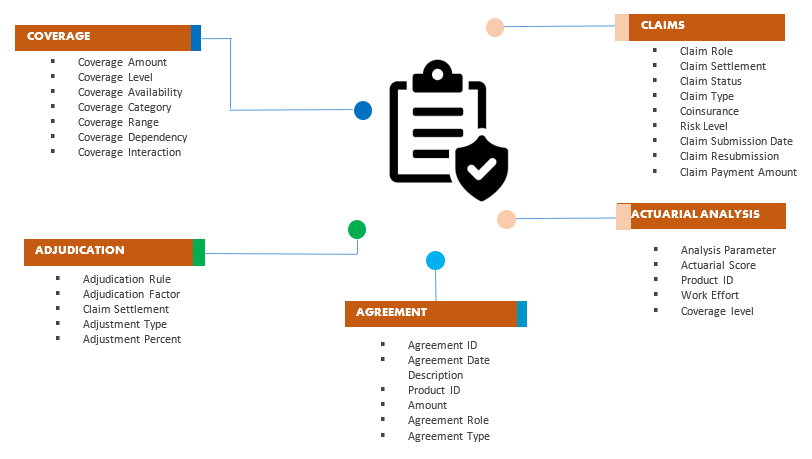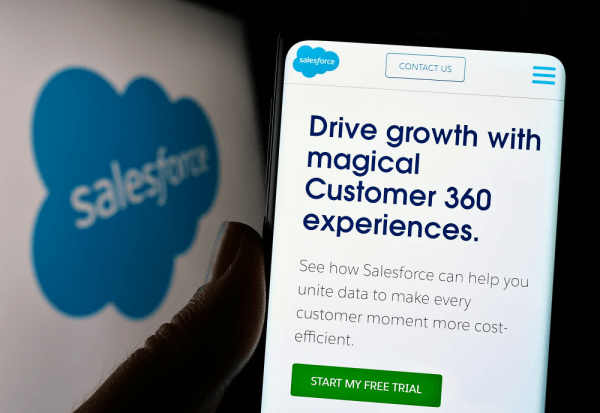Introduction
With increasing competition, insurers need to improve their competitive advantage by being more agile and dynamic with consumer behavior factors. Pricing is one factor that significantly influences consumer behavior, and thus insurers must turn to technology & data that help them act upon changes in the market in real-time. Big data, the Internet of Things, and predictive data analysis tools are giving insurance companies an advanced and broad ability to design usage-based and other innovative pricing models. With the right data strategy, insurers can deploy pricing dynamically that aligns with their customer expectations.
Modern Approach to Pricing
The Covid-19 pandemic has been a significant life change for consumers worldwide, and thus they are likely to tilt towards an insurer that provides personalized options. Dynamic pricing models which respond to changes in factors affecting consumer demand are the need of the hour for insurance companies. Traditionally, arriving at pricing has been quite time-consuming due to siloed data across systems. Also, this process has lacked the real-time intelligence needed to hit the consumer at the right time. The pricing calculations have generally included costs incurred historically in the payment of claims and the ability of the insurer to underwrite competitively. This approach has failed to factor in the price elasticity of the consumer at different price points, given changes in other factors.
Predicting Price Elasticity & Consumer Behavior
Below are some of the examples to better predict & understand consumer behavior & price elasticity:
- Birth of a child, marriage, etc., events like this can help understand the consumer decision bias
- Analyzing previous claims made by the customer to price renewal quotes better. Customer claims service experience should also be factored in
- Consumers are reducing coverage limits in response to a price increase
- Customers financial health and willingness to pay
- Pricing activities of competitors
- Utilizing data from consumers’ buying habits like grocery, electronics, data packs, etc.
- Analyzing their social media behavior
As more and more consumers buy insurance online, insurers have gained greater access to the customers’ behavior data. Also, it is essential to factor in the most recent consumer behavior data and not just rely on the past/historical data to better predict future demands and price elasticity.
Optimize Insurance Pricing
The challenges that insurance companies face is to fine-tune the price in a way that is high enough to cover potential risk yet low enough to attract customers. An ideal pricing strategy should aim to optimize costs to balance customer conversion rates with the overall profitability. This depends upon the company’s overall business strategy as it may want to maximize customer conversion rates while maintaining overall profitability and vice versa. Also, optimizing pricing could be an activity to be undertaken at the overall customer level or segment level. Example – Rather than decreasing the overall premium level for all customers, it might make more sense to target specific market segments with higher growth potential. Sophisticated price optimization techniques like predictive modeling, impact analysis, “what-if” scenarios that analyze hundreds of different pricing options to increase rating accuracy, customer retention & profits are the need of the hour. Understanding price sensitivities at the individual policyholder level is critical, and thus the models should assist managers in coming up with a rate change for each policyholder that maximizes either profitability or conversion rates depending upon the company strategy.
Analysis of both policy attributes in combination with consumer attributes deliver insights that should drive an insurers pricing strategy.
Illustrative Single View of an Insurance Policy

Illustrative Single View of the Customer (Insured) for Personalized Quotes

Note: Personal customer data should be collected adhering to data regulation. For example, in the case of GDPR regulations, insurers should provide clients with a choice and not an obligation to share data for a quote. The younger generation has shown less resistance to sharing their personal information if there is some value in return.
Unlock Business Value
- The Modern data-led pricing strategy that responds to consumers when it matters the most can lead to an overall increase in customer retention by 15% to 20%
- Insurers can also expect around a 15% increase in their quote conversion rates if their pricing is updated more often with data modernization using advanced personal pricing models
- Adoption of advanced pricing methods can significantly reduce the time to gather data and deploy relevant rates from months to days/weeks
- Implementation of advanced data technologies and platforms might seem like an enormous cost initially, but in reality, strategically, it can bring down the operational cost & manual effort by almost 20 to 30%
In summary,
COVID-19 has put substantial pressure on the global economy and insurance industry. It bought a considerable change in consumers’ perception, as consumers are shifting towards more personalized options regarding pricing. The insurers need to find ways to improve their competitive advantage by being more attentive towards consumers factors. And, pricing is one such factor. Insurers who do not recognize this factor and fail to pursue and adopt new pricing models will play a guessing game, further diminishing their pricing capabilities. Those insurers will quickly lose the competitive edge to rivals that better understand what is driving their clients’ needs and willingness to pay—and as such, can design more attractive propositions at lower prices or higher margins at the same prices.
There are vast data opportunities for insurance companies to explore and exploit, provided; insurers can devote their time to focus on priorities such as data governance and data standardization enabling a successful implementation of Data Models and Data Lake capabilities.
When these pieces are sufficiently mature, data will serve as an essential factor in how decisions get made and processes get executed in each business and provide for a more competitive edge in the market.

is a Senior Business Analyst, Digital Business Services & Analytics at Happiest Minds. With a total experience of 8 years in Business Analysis he specialises in Presales Solutioning & Product Management for Insurance, Investment Banking, CPG, eCommerce, and Market Research clients. He has a keen interest in Data & Analytics solutions and has worked on several Data engineering (DWH, MDM) & Data Science (Chatbot, NLP, Augmented Search, Visualization) related projects. He practices design thinking techniques for better problem solving
In his free time, he likes playing tennis, attending food & music festivals and watching news.




